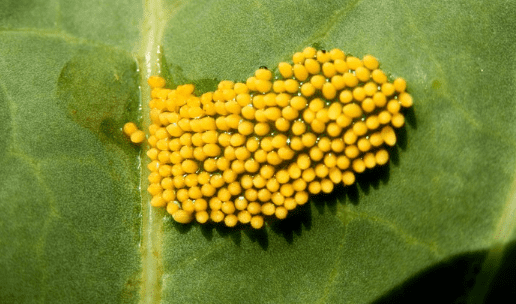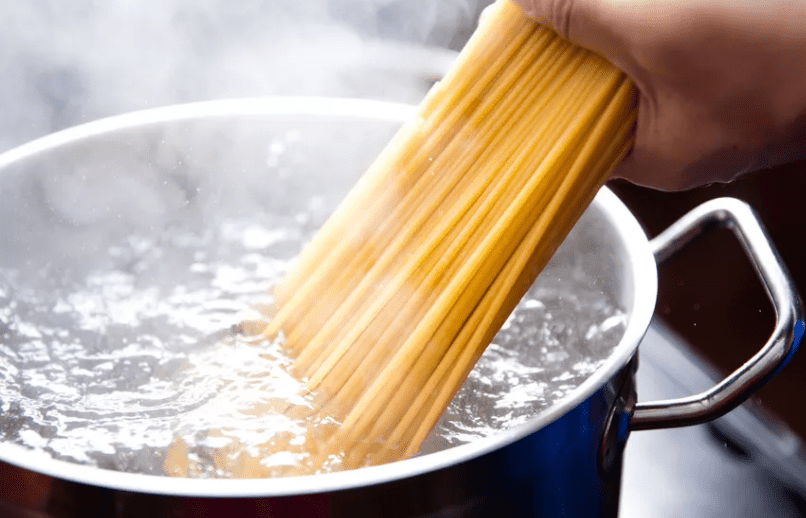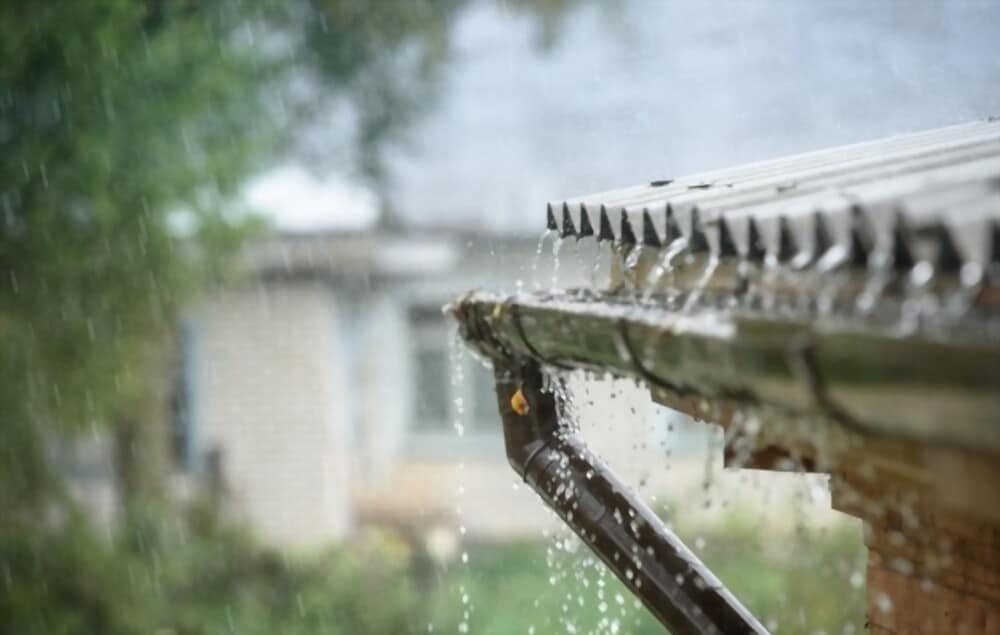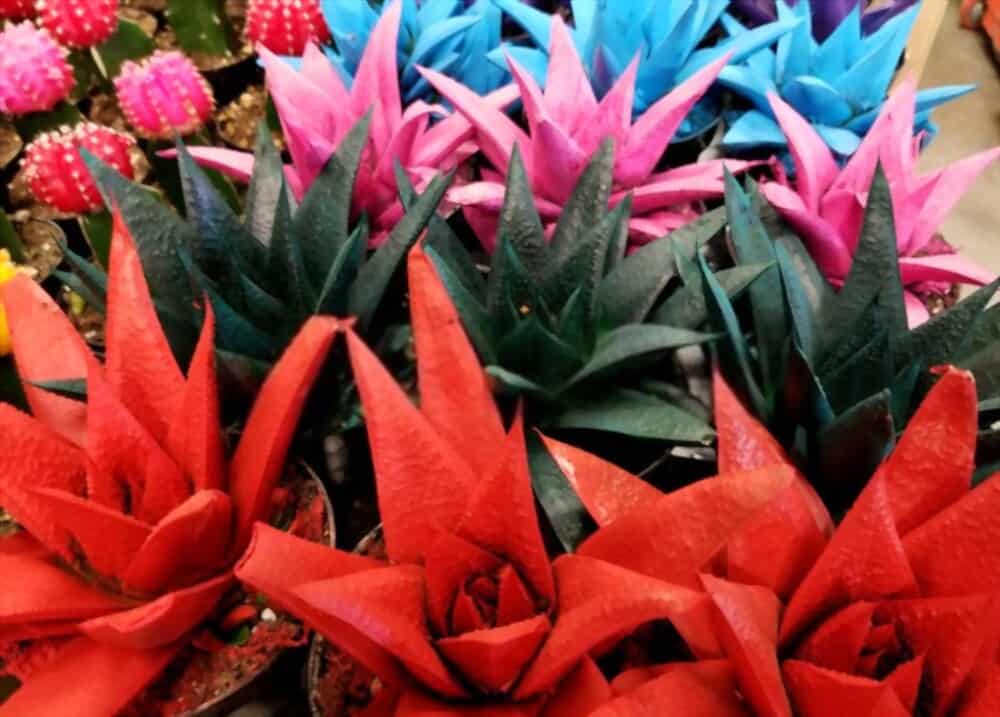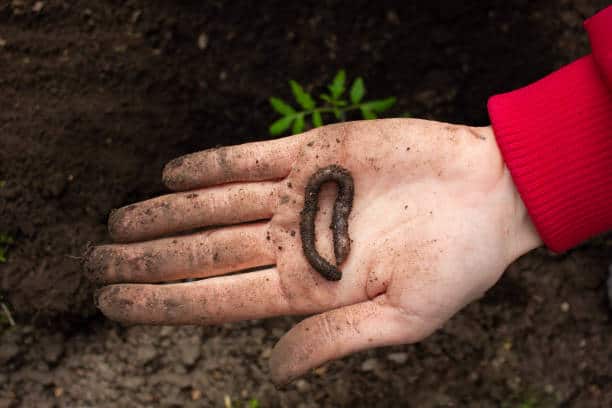Bottom Watering vs Top Watering: The Facts
85 to 90 percent of a plant’s weight is made up of water. Both bottom and top watering assist in delivering vital nutrients and minerals from the soil to the cells, strengthening and nourishing the plant. Bottom watering plants keeps the soil evenly moist so that the entire root system receives water, but the drawback …


